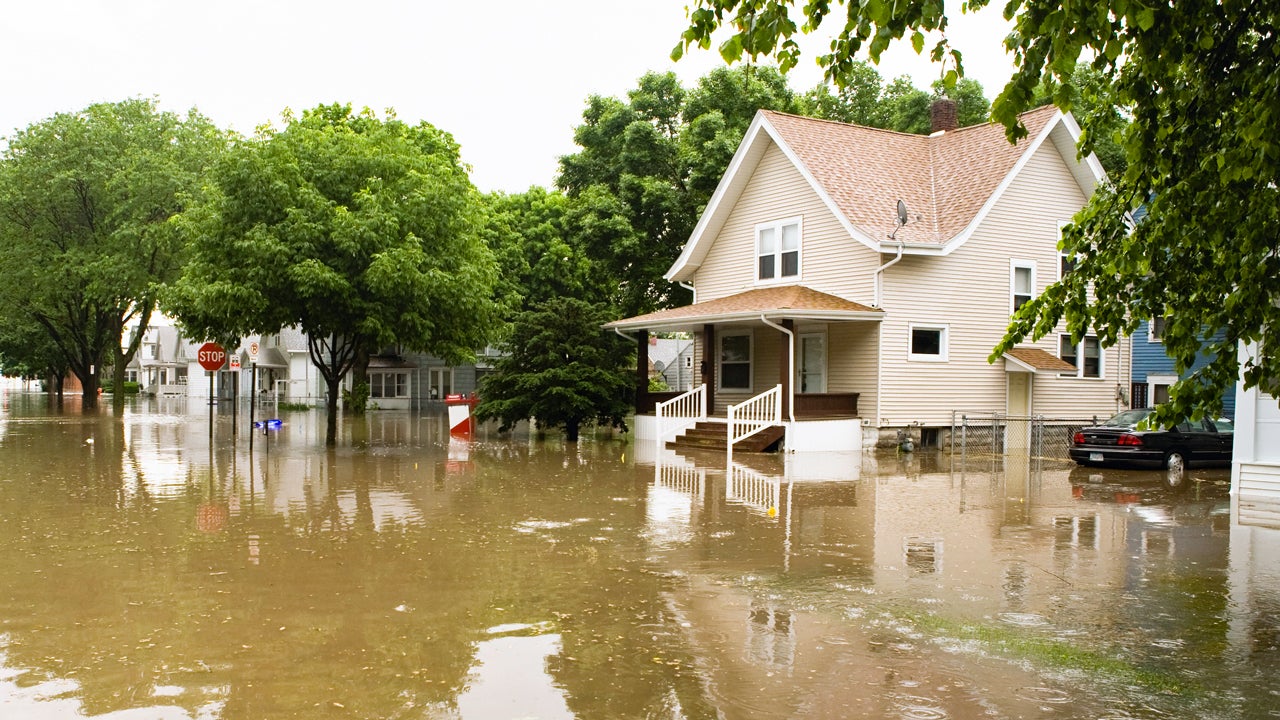
Water damage can be a distressing consequence of storms, and it requires immediate attention to prevent further harm to your home. Safely handling water damage is crucial for your well-being and the preservation of your property. In this step-by-step guide, we will walk you through the process of safely addressing water damage after a storm, helping you mitigate the impact and restore your home effectively.
Step 1: Ensure Personal Safety Before entering any water-damaged area, prioritize your safety. Turn off the electricity to affected areas if it is safe to do so and avoid contact with standing water. Wear protective gear such as rubber gloves, boots, and a mask to minimize the risk of contamination.
Step 2: Document the Damage Thoroughly document the water damage for insurance purposes. Take photographs and videos of the affected areas, capturing the extent of the damage. Make detailed written notes describing the damage to support your insurance claim.
Step 3: Remove Standing Water If the water accumulation is manageable, use a wet/dry vacuum or buckets to remove standing water. Exercise caution to avoid slipping or falling. For extensive water damage, it is best to consult professional water removal services equipped with specialized equipment.
Step 4: Dry Out the Area Promote airflow and facilitate drying by opening windows, using fans, and running dehumidifiers. Remove wet carpets, furniture, and belongings to prevent further damage and speed up the drying process. Wipe down surfaces with disinfectant to inhibit mold growth.
Step 5: Assess and Discard Damaged Items Inspect furniture, upholstery, and other porous materials for water damage. Salvageable items should be thoroughly dried and cleaned, while severely damaged items may need to be disposed of to prevent mold or structural issues. Consult with water damage restoration professionals for expert advice.
Step 6: Treat for Mold Even if you cannot see visible signs of mold, it is crucial to address potential mold growth after water damage. Use mold-killing products on affected surfaces and materials. Consider hiring professionals to conduct a comprehensive mold assessment and remediation if necessary.
Step 7: Repair and Restore Once the affected area is thoroughly dry and mold-free, assess the extent of structural damage. Repair or replace damaged drywall, flooring, and insulation. Engage qualified contractors to restore any electrical, plumbing, or HVAC systems affected by water damage.
Step 8: Communicate with Your Insurance Company Notify your insurance company about the water damage and provide them with the documentation you collected. Follow their guidance regarding the claims process and cooperate with their adjusters. Keep records of all communication and document the expenses incurred during the restoration process.
Step 9: Prevent Future Water Damage Take preventive measures to minimize the risk of future water damage. Ensure proper grading and drainage around your home's foundation. Install or maintain sump pumps and consider implementing a water leak detection system for early warning signs.
Addressing water damage after a storm requires a systematic and safe approach. By following this step-by-step guide, you can effectively handle water damage, mitigate further harm, and restore your home to its pre-storm condition. Remember to prioritize safety, document the damage, remove standing water, dry out the area, assess and discard damaged items, treat for mold, repair and restore, communicate with your insurance company, and take preventive measures. With diligent attention and the assistance of professionals when needed, you can navigate the water damage restoration process successfully and regain the comfort and security of your home.
Related Posts
Essential Tree Services for Happy Valley Homeowners
Happy Valley, Oregon, is known for its beautiful landscapes, tree-lined streets,...
Read More
How to Choose the Best Church Chair for Your Sanctuary
Selecting the perfect chairs for church sanctuary is a decision that balances pr...
Read More
Choosing the Right Roofing Material for Enhanced Storm Resistance
Your roof is your home's first line of defense against storms, making it crucial...
Read More
Top 5 Warning Signs of Hidden Storm Damage in Your Home
Storms can leave a lasting impact on your home, often causing hidden damage that...
Read More




